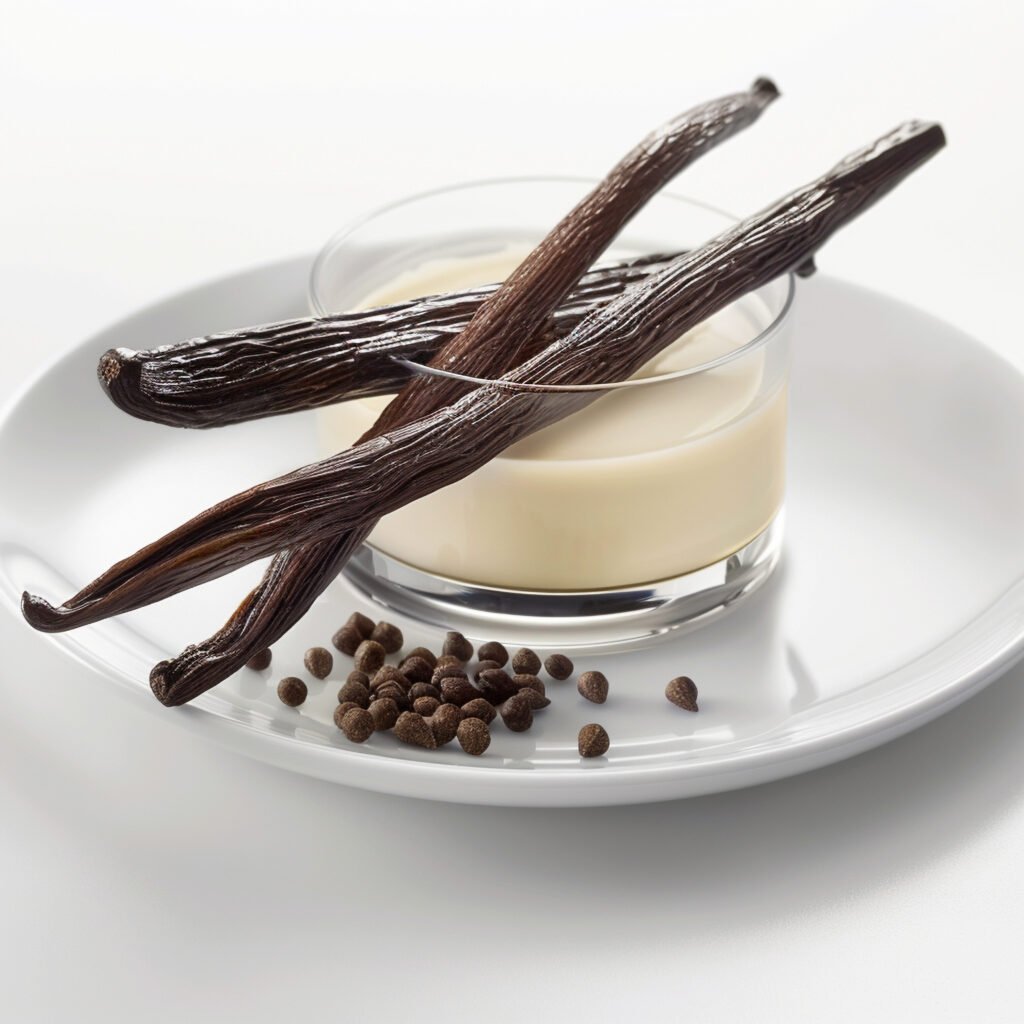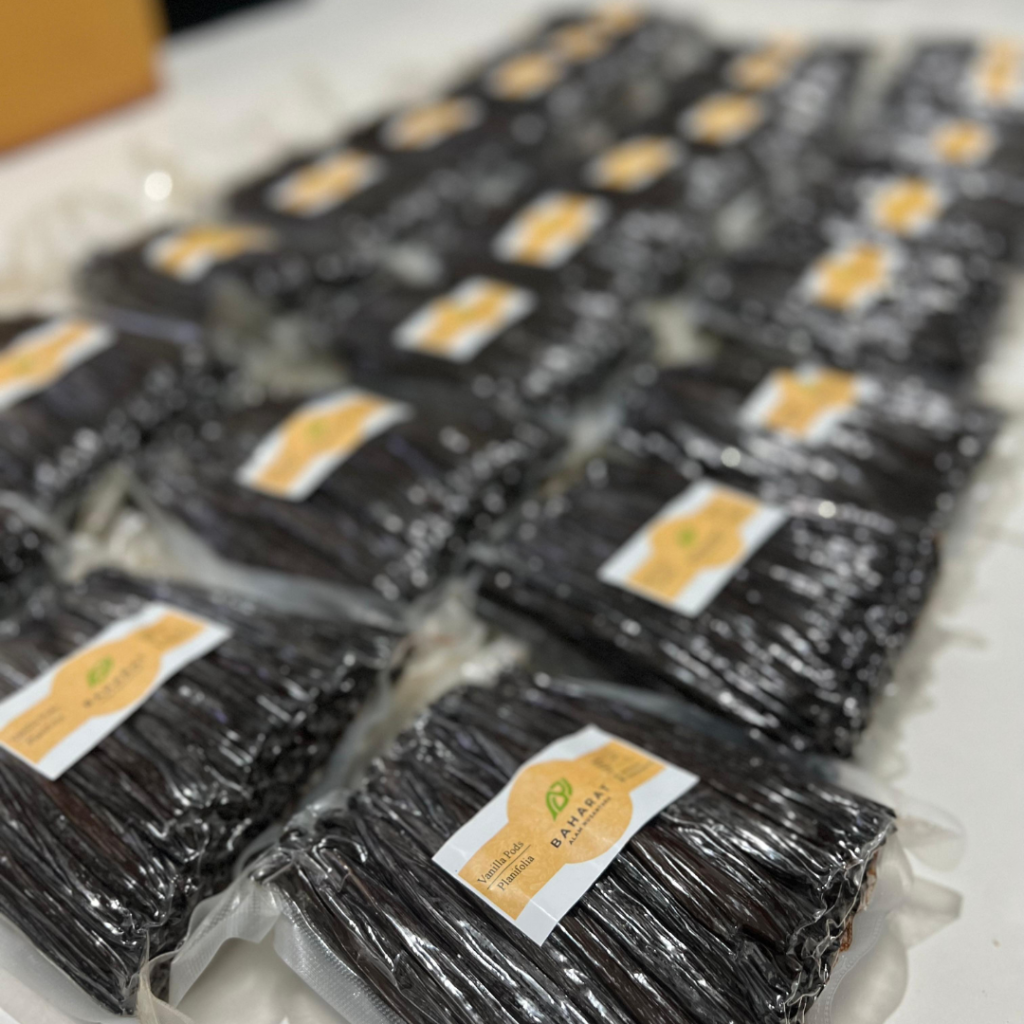Indonesia, a tropical archipelago rich in biodiversity, is not only known for its spices but also for producing some of the world’s most intriguing vanilla varieties. While Madagascar often leads the headlines, Indonesia quietly supplies a significant portion of global vanilla. As a result, chefs, manufacturers, and resellers seeking both quality and variety are paying closer attention. If you’re looking to buy vanilla Indonesia or connect with a trusted supplier vanilla Indonesia, understanding the country’s regional differences and flavor profiles is the key to making an informed choice.
Let’s explore what makes vanilla Indonesia variety so special, how it varies by region, and how to source the right kind for your needs.
Comparing Flavor Profiles: Java, Papua, Sumatra, and Bali
Indonesia’s diverse geography directly influences the flavor, aroma, and texture of its vanilla beans. With rich volcanic soil and varied microclimates, each region produces a distinct result.
Region | Variety | Flavor Notes | Moisture | Ideal Use Cases |
Java | Vanilla planifolia | Bold, creamy, earthy | 25–30% | Extracts, baking, chocolate |
Papua | Local hybrid | Woody, smoky, rich | 30–35% | High-end culinary, infusions |
Sumatra | Vanilla planifolia | Clean, sweet, caramel | 20–28% | Ice cream, desserts, pastry |
Bali | Vanilla tahitensis | Floral, fruity, delicate | 35–40% | Fragrance, beverages, tea |
Java vanilla is known for its bold and creamy profile, making it ideal for extract production. Papua vanilla, which often includes local hybrids, offers woody and smoky undertones. This flavor complexity is especially valued in high-end culinary products. Sumatra vanilla leans toward sweet and caramel-like notes, which work well in desserts. Finally, Bali’s Vanilla tahitensis is more floral and light, making it a great fit for perfumes, teas, and beverages.
Which Variety Is Best for Your Product?
Selecting the right vanilla starts with understanding your product’s needs. For example, a food manufacturer creating pure vanilla extract may prefer Java-grown planifolia because of its high vanillin content. A tea brand, on the other hand, may benefit more from Bali’s aromatic tahitensis, which pairs beautifully with floral and fruity infusions.
Consider this: a bakery in Germany that uses Sumatra vanilla has reported more consistent results in its custards and creams due to the bean’s mild caramel notes. Meanwhile, a cosmetic brand in Japan chooses Bali vanilla for its body oil line, leveraging the bean’s natural fragrance to avoid synthetic additives. These examples highlight how product fit matters just as much as origin.
Sourcing Essentials: How to Buy Vanilla Indonesia for Business
When entering the Indonesian vanilla market, it is important to take a strategic approach. Quality, traceability, and post-harvest processing can vary significantly across suppliers.
Here are key factors to consider:
- Varietal Identification
Make sure your supplier clearly specifies whether the beans are planifolia, tahitensis, or a local hybrid. Each variety offers different moisture content, aroma, and application use. - Curing Process
High-quality vanilla typically undergoes a slow, controlled curing period that can last up to nine months. This affects both the flavor development and shelf stability. - Certifications
Look for suppliers that provide certifications such as Organic, HACCP, Fairtrade, or ISO. These assure you of food safety, sustainability, and ethical sourcing. - Traceability and Farmer Support
Suppliers who work directly with smallholder farmers not only ensure better quality but also help support local communities. Ask whether your supplier can trace the beans from farm to container.
According to data from the International Trade Centre, Indonesia produced over 2,200 metric tons of vanilla in recent years, making it the second-largest exporter globally. Much of this vanilla comes from small-scale farms, where hand pollination and traditional curing techniques are still practiced.
Partnering with a Verified Supplier Vanilla Indonesia
If you are buying at scale, reliability and consistency matter. A verified supplier vanilla Indonesia can provide more than just products. You can also expect better logistics, accurate documentation, and support in navigating export requirements.
For instance, a gelato brand in the United Arab Emirates now sources from an Indonesian supplier that offers quarterly vacuum-packed shipments. As a result, they have reduced spoilage by 18 percent and improved flavor consistency across batches. That success comes from a combination of high-quality beans and professional supply chain support.
The right supplier acts as a long-term partner, helping you innovate and grow with confidence.
Conclusion: Elevate Your Product with Indonesia’s Best
The richness of vanilla Indonesia variety lies not only in its flavor but also in its origin stories and cultural heritage. Whether you are crafting a new ice cream flavor, designing a natural perfume, or bottling single-origin vanilla extract, Indonesian vanilla can bring your vision to life.
To get the best of what this origin offers, you need more than a commodity provider. You need a supplier who understands the land, the farmers, and the flavors.
Prime Vanilla, the signature product of Baharat Prime Indonesia, offers direct, ethical, and premium vanilla sourcing solutions tailored to your needs. Our vanilla reflects the true essence of Indonesia crafted with care and rooted in sustainability.
Explore our collection or email us at contact@baharatindonesia.com to begin your sourcing journey.


